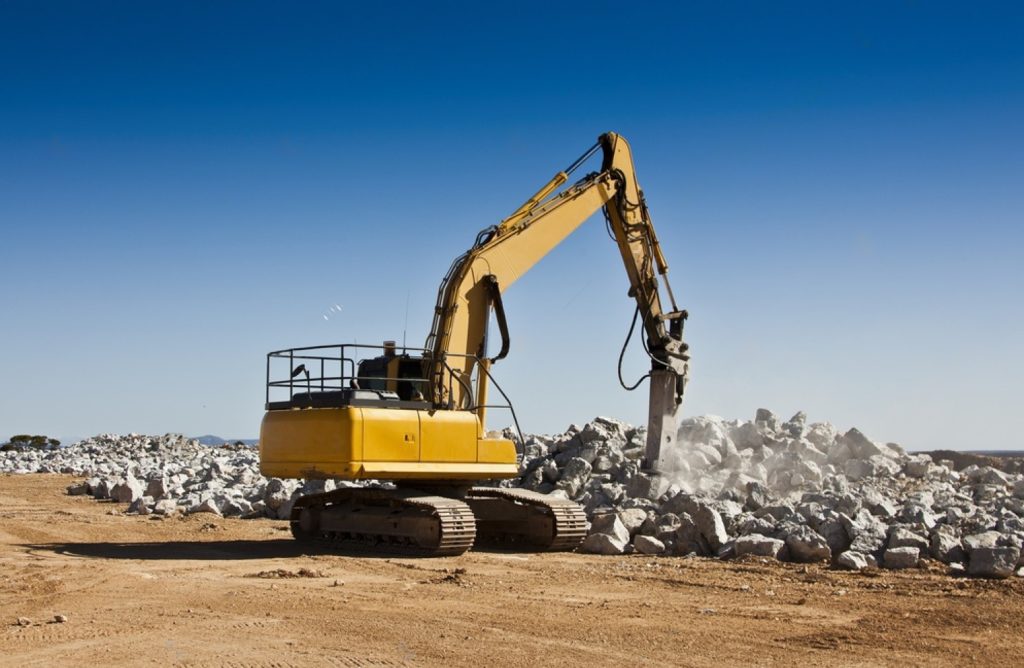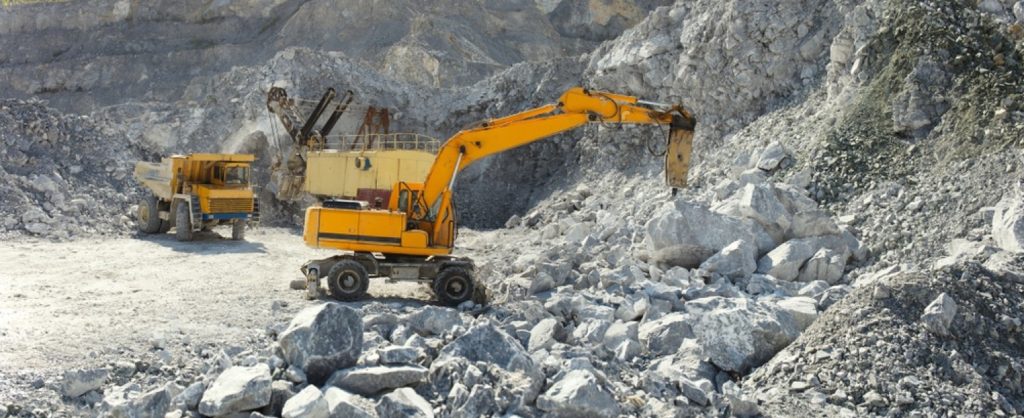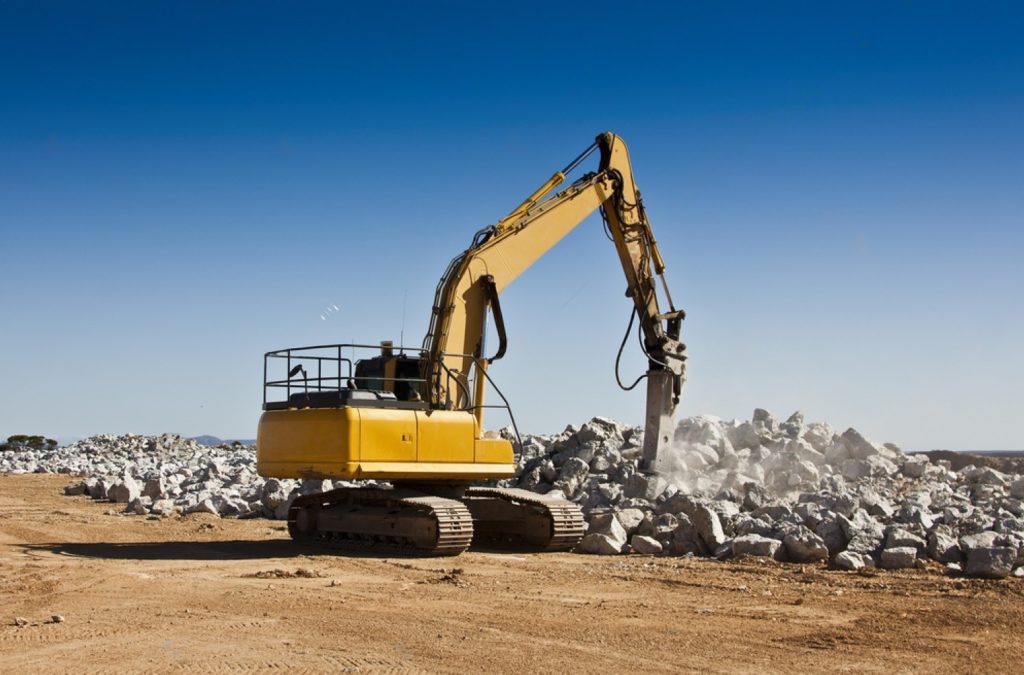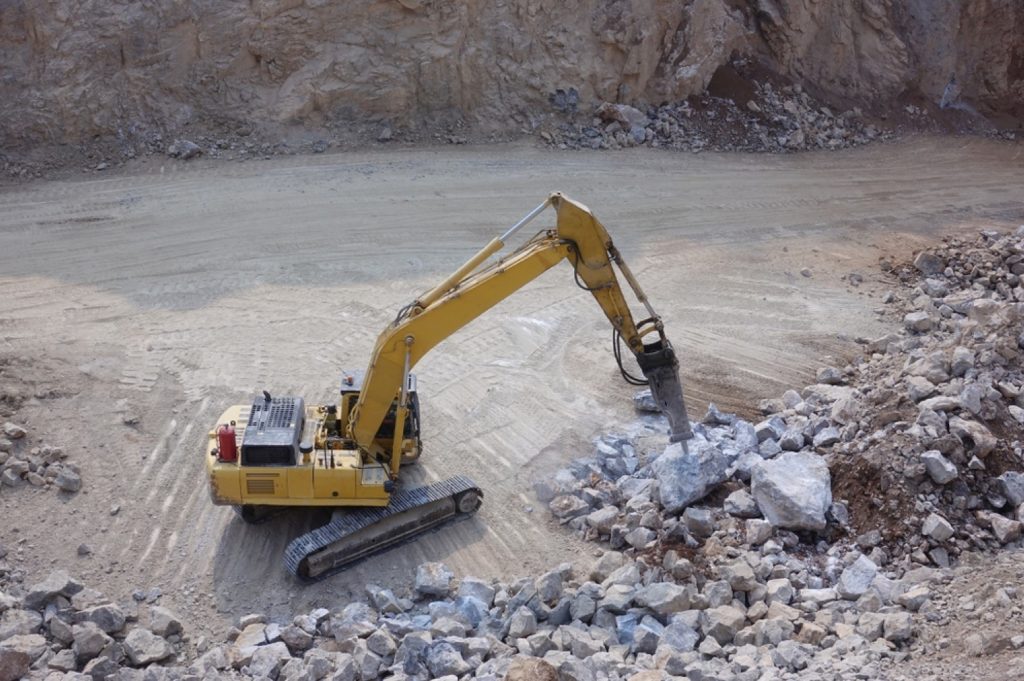I. Understanding Your Requirements for a Rock Breaker
When it comes to choosing the right rock breaker, the first step is to understand your specific requirements. This involves assessing the size and type of rocks you will be working with, determining the frequency of use, and evaluating the required breaking power.
Assessing the Size and Type of Rocks: Before selecting a rock breaker, it’s essential to consider the hardness and size of the rocks you will be breaking. Different rock breakers are designed to handle varying levels of hardness and sizes, so matching the breaker to your specific needs is crucial.
Determining the Frequency of Use: Understanding how often you will be using the rock breaker is also important. For heavy-duty or frequent use, you may need a more robust and durable model to withstand the workload.
Evaluating the Required Breaking Power: The breaking power of a rock breaker is measured by its impact rate and energy output. Determining the required breaking power will depend on the hardness of the rocks and the intensity of the breaking needed.

II. Considering the Different Types of Rock Breakers
There are three main types of rock breakers to choose from: hydraulic rock breakers, gasoline-powered rock breakers, and electric rock breakers.
Hydraulic Rock Breakers: These are the most common type of rock breakers used in various industries. They are known for their high impact force and versatility in handling different types of rocks.
Gasoline-Powered Rock Breakers: Ideal for remote locations or areas without electricity access, gasoline-powered rock breakers are portable and can deliver considerable breaking power.
Electric Rock Breakers: Suitable for indoor or urban environments where noise and fume emissions need to be minimized, electric rock breakers offer a quieter and cleaner alternative.
III. Evaluating Key Features of Rock Breakers
To make an informed decision, it’s important to pay attention to the key features of rock breakers that can impact their performance and suitability for your needs.
Impact Rate and Power Source: The impact rate indicates the frequency of blows per minute, while the power source can affect the mobility and convenience of the rock breaker.
Weight and Size: Consider the weight and size of the rock breaker, as these factors can influence its maneuverability and ease of transportation to different work sites.
Durability and Maintenance: Opt for a rock breaker that is durable and easy to maintain, as regular upkeep is essential for ensuring longevity and optimal performance.

IV. Comparing Brands and Models of Rock Breakers
With a wide range of brands and models available in the market, it’s beneficial to compare them based on reputation, specific features, and customer feedback.
Popular Brands in the Market: Research popular brands known for producing high-quality rock breakers with a good track record of performance and reliability.
Specific Models for Different Applications: Some models may be more suitable for certain applications or industries, so it’s important to match the features of the rock breaker with your specific requirements.
Customer Reviews and Feedback: Reading reviews from other users can provide valuable insights into the real-world performance and durability of different rock breakers.
V. Making the Final Decision and Purchasing a Rock Breaker
After considering all the essential factors, it’s time to make the final decision and purchase a rock breaker that meets your requirements within your budget.
Setting a Budget: Establish a budget that aligns with your financial constraints while ensuring that you get a quality rock breaker that suits your needs.
Consulting with Experts or Dealers: Seek advice from experts or dealers who can guide you in selecting the most suitable rock breaker for your specific application.
Considering Warranty and After-Sales Service: Look for rock breakers that come with a warranty and reliable after-sales service to ensure support and assistance in case of any issues.

Summary
Choosing the perfect rock breaker involves understanding your specific needs, comparing different types and features, evaluating brands and models, and making an informed decision based on budget and expert advice. By following this comprehensive guide, you can ensure that you pick the right rock breaker for your requirements.



